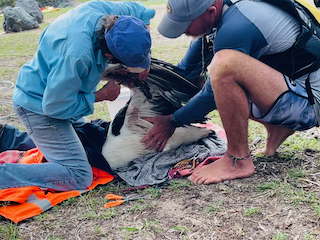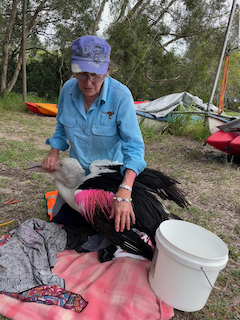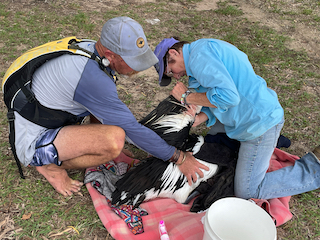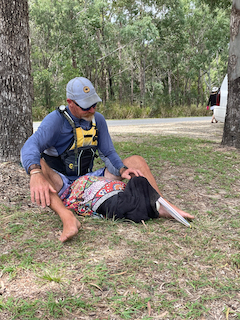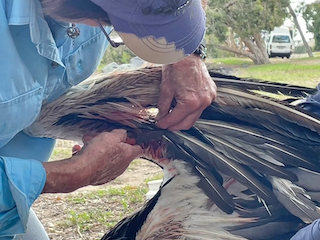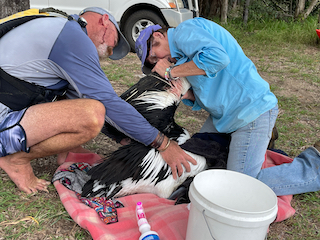"A wonderful bird is the Pelican...
- Janina Speck

- Mar 25, 2024
- 3 min read
Updated: Aug 1
His beak can hold more than his belly can.
He can hold in his beak
Enough food for a week!
But I'll be darned if I know how the hellican?”
I quite often quote this lovely little poem by Dixon Lanier Merritt when we spot pelicans on our kayak tours.

A few Fascinating Facts About Australian Pelicans
What do you call a group of pelicans?
The collective noun for pelicans is different, depending on whether they fly, sit on land, or swim!
They can be a scoop, squadron or a pod.
They Have One of the Longest Bills in the Bird World
Yes, the Australian Pelican is in the Guiness Book or World Records for having the longest bill of any bird in the world. They grow to 34–47 cm and males usually have a longer bill than females.
They Can Store Food in Their Pouches for Later
This elastic, stretchy pouch may hold up to three times the amount of food that can fit in the bird's stomach, making it a practical means for birds to feed their young or store food. When a fish is caught, pelicans sweep it up with their pouch by opening their bills widely. The pouch can then be closed tightly to keep the fish from escaping.

They pant like dogs to regulate temperature!
Pelicans regulate their body temperature in hot weather by panting to circulate air over their saturated pouch, which serves as a heat exchanger.
They Are Highly Skilled Flyers
Although they do look rather clumsy when taking off or landing... With a wingspan of up to 2m, pelicans are among the largest birds in the world and are truly amazing flyers. They regularly fly as high as 1000m but have been observed as high as 3000m. But what really distinguishes them is their extraordinary capacity for long-distance gliding and soar. Pelicans can travel long distances while conserving energy by riding thermals to enormous heights and then gliding for miles.

They mainly eat fish
But during periods of starvation, pelicans have been reported capturing and eating seagulls and ducklings. The gulls are held underwater and drowned before being eaten headfirst. Pelicans will also rob other birds of their prey.
Where are they now??
If you are local or a regular visitor, you may have noticed that, for the past two years, we had no pelicans in 1770... That is because in wet years, they move inland to breed on inland lakes, sometimes in their thousands. Pelicans migrate to places like Lake Eyre in SA from as far away as Papua New Guinea! How they become aware of, and locate these breeding areas, is an enduring mystery.
In Australia, there are four inland Pelican colonies - Lake Cawndilla (Menindee Lakes, NSW), Lake Eyre (SA), Lake Goolangirie (Coongie Lakes, SA), and Lake Machattie (Georgina River, QLD).
Lately, we have seen a few pelicans return to 1770 and we hope they stay around. We just love them and so do our paddlers!


What are the threats to pelicans?
Water pollution, oil spills especially, are threats to pelicans, but they are most at risk from fishing tackle injuries. We have helped with many rescues over the years...
It is quite heartbreaking to see them tangled, unable to fly or swim, hooks embedded in their bodies or wings. So please, if you are fishing, always make sure to get all your fishing line, hooks, lures etc. out of the and off the beaches!
Below are some photos of a pelican we rescued two years ago with our dedicated wildlife carer Yvonne. Poor bird had several hooks embedded in his wing and fishing line wrapped . He was unable to fly or feed and would have died a horrible death if we hadn't been able to catch him.
